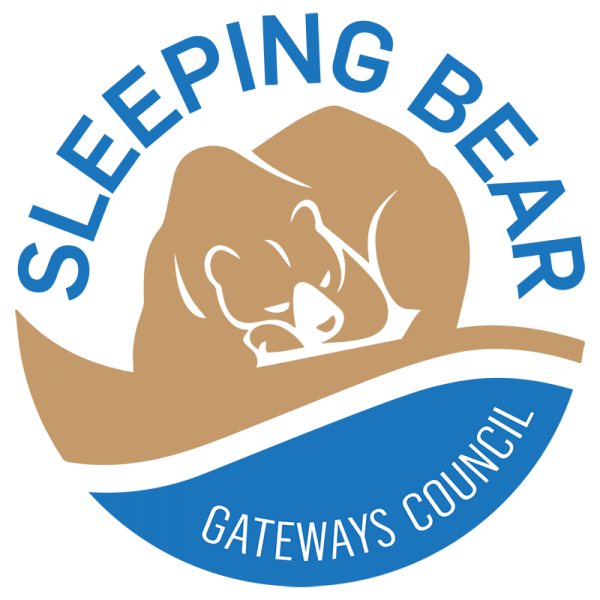It’s a story heard across the country, from Colorado ski towns to Key West to the Sleeping Bear Dunes region in northern Michigan. Not only do tourist communities need hospitality workers and entrepreneurs, but they need young families and essential workers to support the tax base, the schools, and public services.
Permanent residents fill jobs in hospitality, education, healthcare, public service, and nonprofits. Year-round residents also help build and create community. They volunteer and serve on local boards and care about the place they call home.
In popular tourist destinations like our gateway communities, year-round and seasonal workers help fuel the economy and keep businesses open. But they increasingly have been priced out as home prices skyrocket and retirees, investors, and Airbnb owners buy up existing homes.
A diverse housing stock that serves all segments of the workforce is essential for a growing and vibrant community.
Families & Essential Workers Priced Out
Besides a lack of housing, the math doesn’t add up as housing costs and inflation outpace incomes. This has created “the missing middle” and a low-to-moderate income (LMI) homeownership gap.
According to a 2023 housing needs assessment by Housing North:
Lack of Housing Availability
- The Sleeping Bear gateway communities have a housing gap of almost 4,000 units.
- Between 2010 and 2022, gateway communities lost almost 600 rental units.
- The median household income is $71,232 in Leelanau County and $62,022 in Benzie County.
- Rental Housing availability is less than 1%.
- Rental Housing needed:
- Leelanau: 382 Units
- Benzie: 214 Units
Affordable Income Gap
- Median household income:
- Leelanau County: $71,232
- Benzie County: $62,022
- Average Monthly Rent
- Leelanau County: $966 or 43.3% of income
- Benzie County: $828 or 38.1% of income
Workforce Housing Needs
- A greater need for permanent workforce residents such as teachers and essential workers.
- Middle-income and lower-middle-income workers struggle to find job-proximate housing.
- Limited and depleting opportunities for subsidized workforce rental units due to land acquisition costs, zoning requirements, and funding hurdles.
- No opportunity for wealth creation through homeownership for many low-to-moderate-income families.
- In local areas that rely on seasonal tourism, there is a need to house seasonal workers to support local businesses, restaurants, and resorts.
You can find the study summary on our website.
Types of Workforce Housing Needed
Due to these various forces at work, there are three main types of workforce housing stock needed:
- Year-round rentals for essential workers in retail, hospitality, and professional occupations who want to live in the community where they work.
- Dormitory-style or studio units for seasonal employees, college students and interns, and H-2B and H-1B Visa workers who fill seasonal roles at resorts and restaurants.
- Starter homes for people and families with stable incomes looking to purchase their first home or relocate to the area and would prefer to buy instead of rent.
Learn more by reading the Tool Kit for Workforce Housing Development in Rural Areas.
What You Can Do To Help
Support the Sleeping Bear Gateways Council’s efforts to create equitable and attainable workforce housing. The efforts take initiative and community buy-in. Various stakeholders and housing nonprofits, including the Sleeping Bear Gateways Council, continue to collaborate and come up with innovative solutions.
One effort includes advocacy and policy changes. For instance, the Municipal Forest Act allows the state of Michigan to convey tax-reverted land to school districts and could offer a solution. From 1930 to 1970, the State transferred over 82,000 acres to school districts and
municipalities. These tracts of land could offer a solution.
If this act were amended, it would allow (not mandate) school districts across Michigan to repurpose land assets for workforce housing and reduce associated development costs. Read our article on this initiative and please contact your state representatives and senators and let them know you support amending the Municipal Forest Act.
Stay tuned for our second blog on this topic: “Workforce Housing: Why It Matters.” If you want to join our efforts, please visit sleepingbeargateways.org/contact and fill out the form or sign up for our email list.



